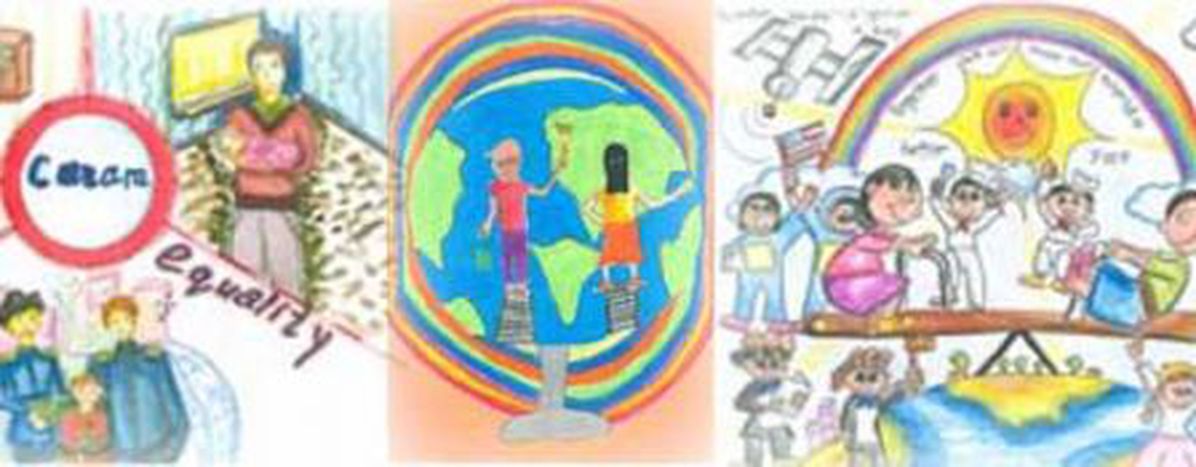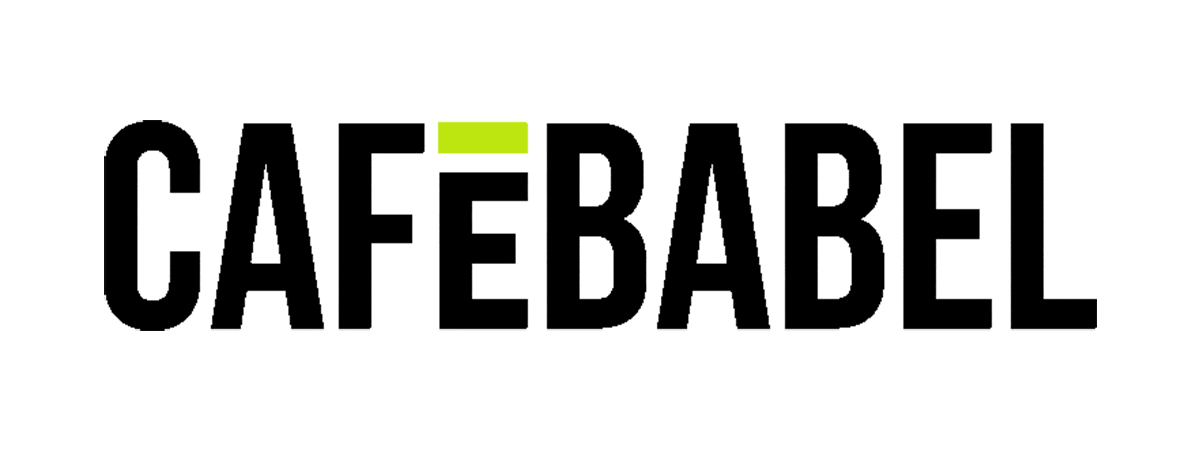
Boy + Girl = Gender Equality
Published on
Article by Guiomar Payo Launched on the International Women’s day - 8 March, the European Commission is organizing for the 4th consecutive year an International Drawing Competition on Gender Equality. Eight to ten year old children in developing countries are invited to express in a drawing their vision on gender equality. Last Friday was the deadline for submission of works.
Next stage is the selection of the winning drawings by a jury composed of European children at the end of June 2010 in Brussels.
Mr Alessandro RICOVERI, Programme Coordinator at EuropeAid explained this initiative to Cafebabel Brussels.
The idea dates back to 2007, when a pilot project was born with the objective of increasing efforts to integrate issues related to gender equality fully into the development process. "All was about the immediate idea of a single person who is able to bring it forward, put it in motion and generate interest", describes Mr Ricoveri. In the course of the years, it evolved into a more formal and tangible action and the project became more institutional. This initiative was highly supported by at the time EU's External Relations Commissioner Benita Ferrero-Waldner.
This time there are two areas that are slightly different, compared to previous editions. This year's theme proposes to reflect on how girls and boys, women and men, can together make the world a better place. This ¨together¨- concept emphasizes male and female as the two sides of a great dualism, opening the scope of the original idea. "There are many things to be done together, not related only to gender equality, but also to other cross cutting issues" he says, stressing this idea of unity. Secondly, the final ceremony will be held in the Children’s Museum in Brussels, where the selected drawings will be exhibited in October. It is also planned that artworks will be circulated as a travelling exhibition in several countries.
The target group remains being children from eight to ten years old. "This is the right age group", says Alessandro. "There is on the one hand the capacity of expressing themselves through art and also, the capacity of perceiving the immediate reality within a given social context; by expressing their own world, children mirror their reality". However, the implication of adults is also important, since this competition is managed through local schools, thus teachers and educators have to explain the idea behind. Parents are also involved somehow.
Besides, this competition is a very subtle way for EU Delegations to third countries to tackle the issue of gender equality at different levels and according to the geographical context. This is why this topic does not remain at schools, but is many times extended to Civil Society and National Authorities. "And this shows how a very trivial idea can produce a much broader debate and also the opportunity for Delegations to deal with different issues at a political level, if necessary". This contest is a very simple tool, since it does not go so much in detail, but it is enough to raise the subject in places where otherwise, it would have been very difficult to do it. Therefore, given the complexity of the topic, simplicity is a good way to approach it.
The average number of countries taking part in last editions ranges from 55 to 60. The country participating the most in terms of numbers is Africa, but also with good participation coming from Asia, Middle East and Latin America. Coordinating this project between Brussels and third countries is not peace of cake. "It is complicated to manage both the logistical and the financial issues; procedures sometimes are time-consuming, but definitely there are also very rewarding moments", Alessandro smiles.
Currently, the team is already brainstorming on new ways to expand this idea and open new horizons. Perhaps this project can lead to the possibility of establishing twining projects between European schools and those from abroad; or also with schools in the same geographical area, in order to enhance the regional cooperation. As well, it is foreseen that more categories of ages for participants will be created in the future.
There are many angles and connotations of this competition. Apart from giving the opportunity to children to express freely, while they enjoy it and providing the schools with materials, "perhaps the most significant idea is putting a seed into the mind of children about the issue of gender equality". The project manager enhances the importance of raising these questions. Opening the access to information and making people aware that there are other possibilities seems to be the best manner to raise consciousness. And from there, they can think and react. "This is a very simple and practical tool that can bring something much stronger".
Unfortunately, equal opportunities between women and men do not yet apply through out the world. One of the most appropriate ways to bring about change is through the future generations. Here we have young voices pleading for the equal treatment of girls and boys in everyday life. Winners will be selected by the end of June at the European School in Brussels. In the meantime, we wait expectantly for the awarded illustrations.



